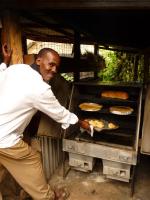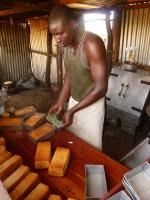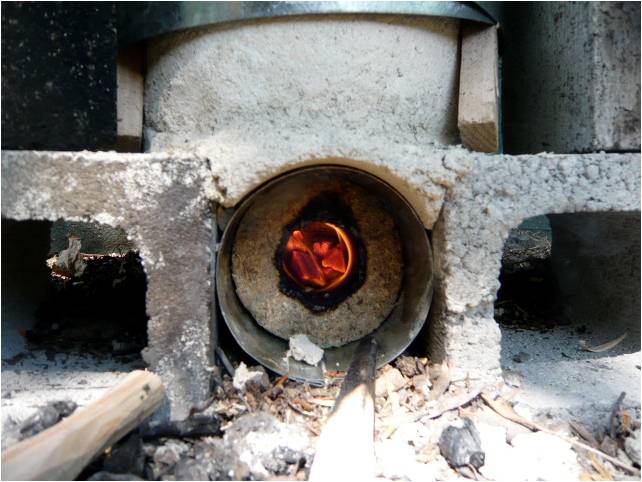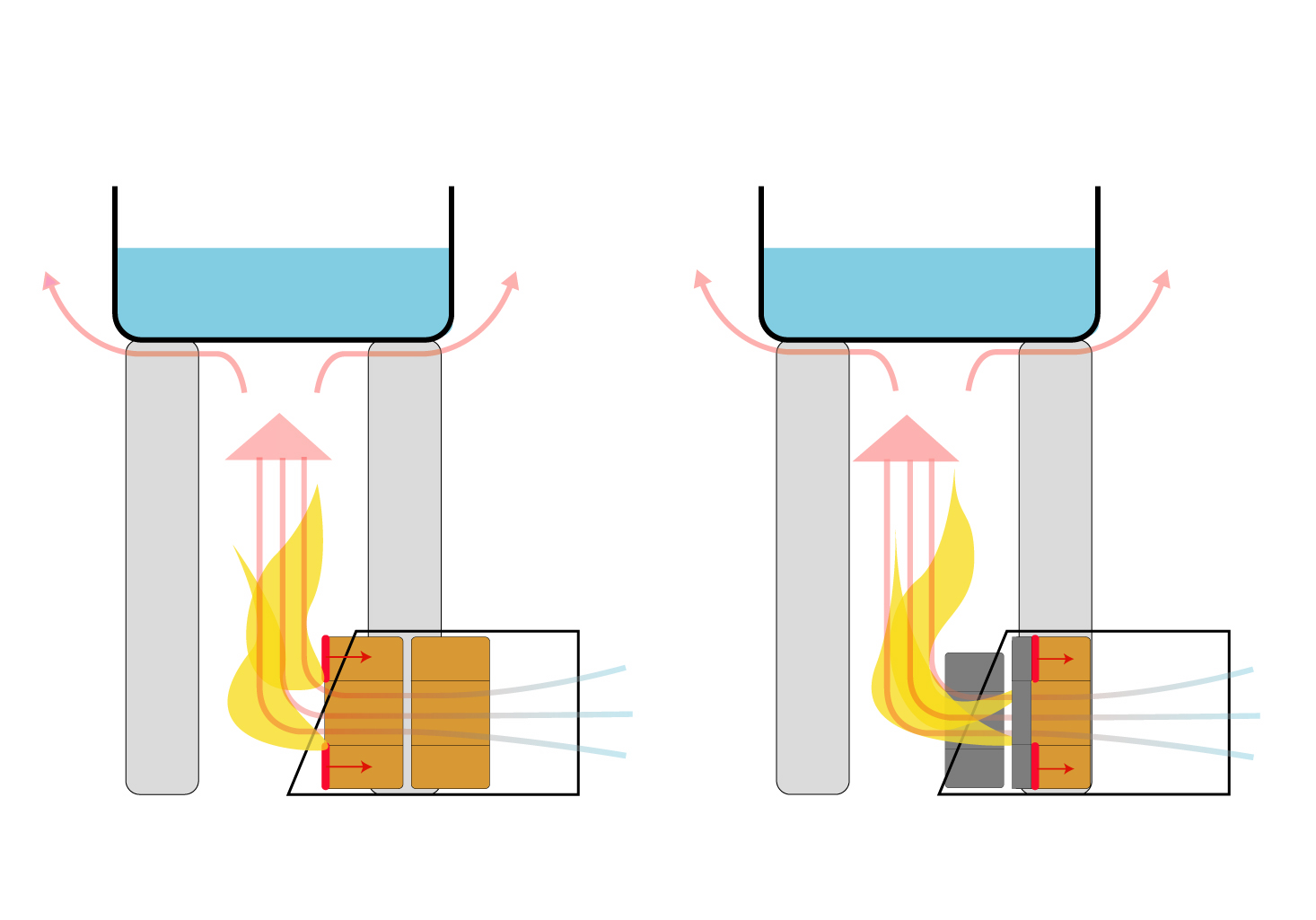MALAWI: Mdula (Modular Mbaula) Mud Stove, Rok Oblak, Chembe, Malawi, October 2005
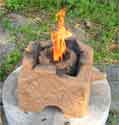
Mdula stove
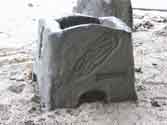
Stove Mold
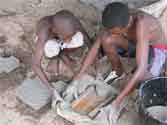
BIO19 Gold Medal Winner
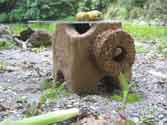
BIO19 Biennial of Industrial Design Ljubljana, Slovenia
I want to inform you, that the WWF Finland and UIAH (University of arts and design Helsinki) project: Mdula - biomass briquette stove intervention in Malawi has won the Gold Medal Award on BIO19, represented by international jury of: Aldo Cibic (ITA), Robin Edman, ICSID (SWE), Czeslawa Frejlich (POL), Stephen Hitchins, BEDA (GB), Ruth Klotzel, ICOGRADA (BRA).
The project was set in Helsinki in January 2003 and realised in Malawi (Chembe Village) in January 2004 and finished in Ljubljana in September 2004. The concept is based on the local people material knowlege, upgraded with technological aspects and design skills of us, students, working together in the same environment to improve the situation in the LMNP (Lake Malawi National Park). It is a two-year multidisciplinary based international students effort, how to gain as much improvements possible with the least intervention done in the environment, social and cultural lifestyle of the local people.
The result is a concept of production of a no-cost biomass briquette stove Mdula (modular Mbaula), made with a simple wooden mold and clay as a construction material.
The final model is based on 8 study models, many field testings and interaction with the local people. It uses biomass briquettes combined with woodfuel to make the stove as effective as possible with the same manipulating procedure as burning and using three-stone cooking formation. The project has intention only to gain a long-term result.

